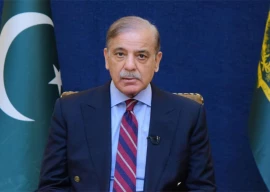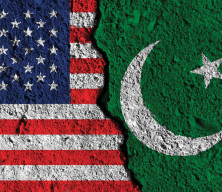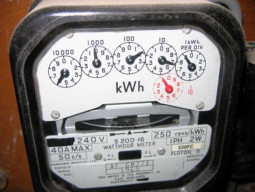
As the Sui Southern Gas Company (SSGC) seeks a higher increase in prices, the All Pakistan Textile Mills Association (APTMA) South region has called for market deregulation.
The association has called for shifting away from the model of guaranteed rates of return to open the gas market for competitive rates.
The SSGC is seeking a Rs274.40 per mmbtu increase in gas prices—effective from July 1 this year—to meet the revenue requirement of Rs359 billion.
The company is seeking a sum of Rs25 billion on account of return on assets.
However, the textile millers have submitted an intervention in response to the petition filed by SSGC that sought an increase in gas prices for the year 2024-25.
The Oil and Gas Regulatory Authority (Ogra) will hold a public hearing on Monday (today) to consider the hike in gas prices for SSGC consumers.
In their response submitted to Ogra, the textile millers have called for market liberation and deregulation to foster competition and innovation in the gas sector, allowing new players to enter the market to promoting efficiency.
They also called for shifting away from the guaranteed rates of return model, tying asset expansion and investment decisions to economic viability as well as market dynamics.
“If the market is not fully liberalised and deregulated, then Suis will be left with heavily subsidised and low-revenue sectors,” the textile millers wrote in their response, adding that the federal government’s administrative consumer pricing system and gas allocation policy contributed to misallocation and inefficient use of the resource. They continued that the current system and policy granted undue discretionary power, presenting opportunities for exploitation.
Gas prices have hiked again to Rs2,750 per mmbtu—an increase of 223% since January 2023. The grid electricity tariffs are around 17.5 cents per kWh and increasing with no end in sight.
As such, there is no financially viable source of energy for firms to manufacture with and compete in the international markets.
Read SSGC eyes substitution plan amid depleting reserves
“[The] tariffs are highest in the region,” the textile millers said. They added that high tariffs were a risk to national security as they hindered industrial growth, reduced competitiveness, increased import and contributed to dependence on aid or debt.
Gas pricing is an entry barrier to other energy resources.
The RLNG is six to seven, LPG is 10, and electricity is 30 times high.
There is a 12% decline in the SGGC system intake. However, heavily cross-subsidised residential demand is increasing.
The textile millers also called for revising the protected consumer policy to ensure it was targeted and sustainable, protecting the gas company’s revenues and eliminating price distortions.
They maintained that gas outages during winters because of load profiling led to affluent consumers falling into the protected category.
The millers also called for transitioning from tariff subsidies to direct cash for deserving households under the Benazir Income Support Programme (BISP).
They further called for promoting the use of the alternative LPG, RLNG, and solar photovoltaic (PV) material in the domestic sector.
The association said net-metered households with solar PV installations should disconnect from piped natural gas (PNG) and rely solely on the electricity grid to mitigate the issue of cost-shifting. It noted that grid maintenance costs were passed on to non-solar consumers, including industries.
Natural gas pricing is not based on economic principles that lead to distortions, inflated demand, inefficient use, and circular debt.
Indigenous gas production is declining because of maturing fields and a lack of new discoveries and projected to experience a depletion of 12% in FY 2024-25, with a decrease to 718 mmcfd from 814 mmcfd in the previous year.
The gas distribution network, averaging over 35 years old, is coupled with theft, especially in Balochistan.
The SSGC confronts an Unaccounted for Gas (UFG) rate of 12% in natural gas and 14.36% in RLNG, significantly exceeding global benchmarks, indicative of systemic technical challenges, governance, political, cultural, and socioeconomic issues.
The association pointed out that sky-high energy tariffs were triggering deindustrialisation.
It continued that energy-intensive sectors including textiles were at a crucial juncture.
“The approach of cross-subsidising natural gas and electricity for the residential sector at the expense of industries in Pakistan is akin to addressing a weight loss issue by amputating a limb instead of reducing body fat—both drastic and misguided,” the response read.
The association was of the view that to maintain optimal tariffs, the federal government should peg industrial tariffs to Ogra’s prescribed price, setting it as a benchmark.
This would insulate the tariffs from power sector inefficiencies.
The millers said textile manufacturing units required gas for captive generation and process use for hot water, steam, etc.
























COMMENTS
Comments are moderated and generally will be posted if they are on-topic and not abusive.
For more information, please see our Comments FAQ